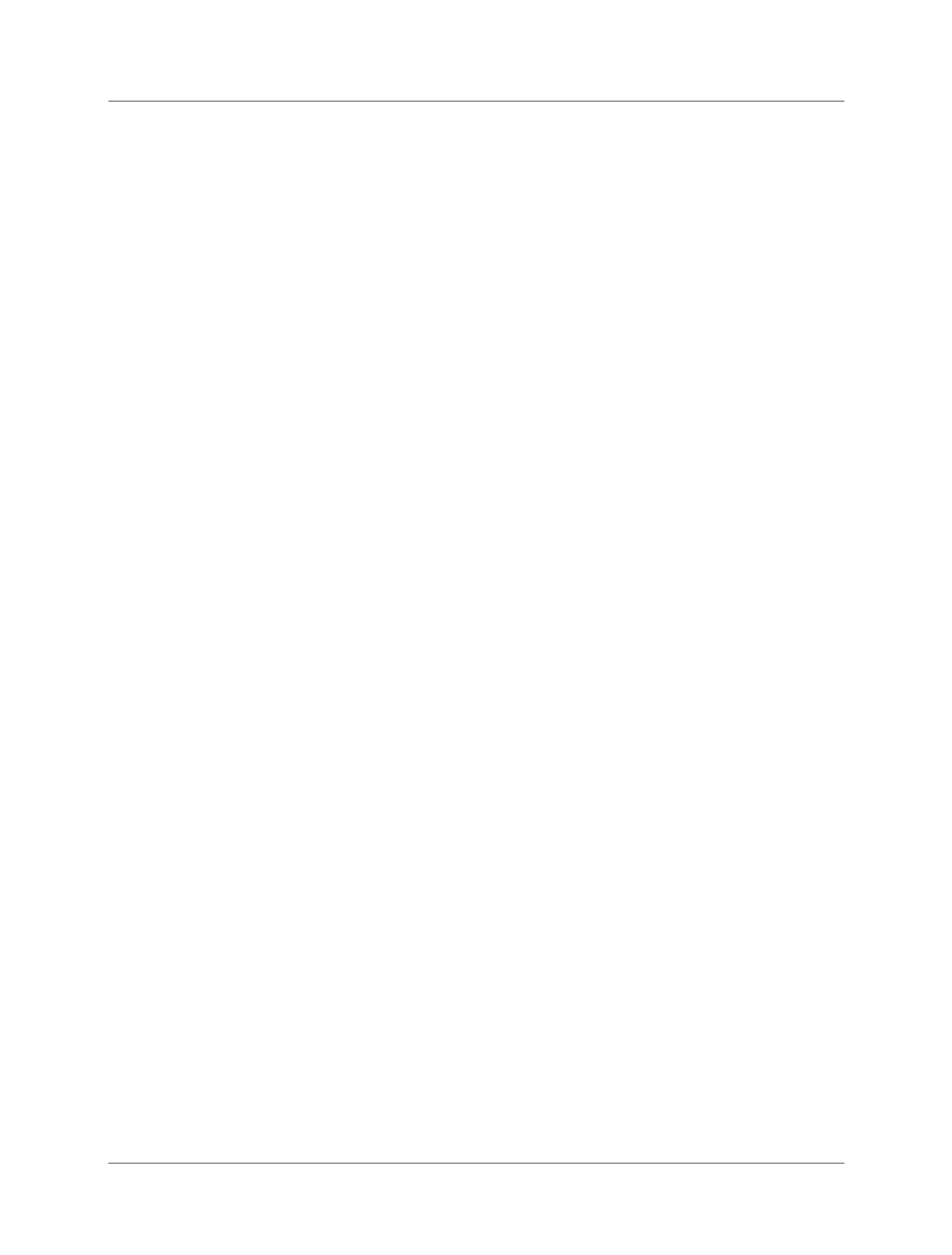

G
ood
practices
for
prone
positioning
at
the
bedside
: C
onstruction
of
a
care
protocol
R
ev
A
ssoc
M
ed
B
ras
2016; 62(3):287-293
291
•
•
hours 2 to 6 , flow 0.4 mL/kg/h;
•
•
hours 7 to 12, flow 0.6 mL/kg/h;
•
•
hour 13 to the end, flow 0.8 mL/kg/h;
•
•
Formula 1.5 kcal/mL:
•
•
hours 2 to 6, flow 0.3 mL/kg/h;
•
•
hours 7 to 12, flow 0.5 mL/kg/h;
•
•
hour 13 to the end, flow 0.65 mL/kg/h;
•
•
To simplify:
•
•
20 to 30 mL/h from the 2
nd
to the 6
th
hour;
•
•
40 mL/h until the 12
th
hour;
•
•
50 mL/h from the 12
th
hour until 1 hour before re-
turning to the supine position.
N
ursing
care
in
the
handling
of
prone
positioning
Care before performing prone position
Team
Pay attention to the need of a minimum of five people from
the multidisciplinary team. Ensure the presence of a nurse,
a physician and a physiotherapist. Determine the role of
each team member prior to the start of the maneuver for
prone positioning. The physician will be responsible for
the head and endotracheal tube, and for coordinating the
turn. It is important that this professional is present, as
they will lead the maneuver at the headboard, where it will
be possible to oversee the various devices. In the presence
of a chest drain, a technician will be responsible for sus-
pending the bottle. The other professionals should be
placed two by two on each side of the bed.
43,44
Precautions
Check the availability and proper functioning of the de-
vices necessary for attending to the complications that
may occur during the procedure.
43,44
•
•
Check the operation of the vacuum for suction of secre-
tions, as well as the bag-valve mask device (AMBU) and
urgent materials (intubation unit and crash cart). The
crash cart should be positioned next to the patient’s bed.
•
•
Pay attention to the airway, checking the length of the
lines of the mechanical ventilator and, if necessary, re-
placing the lines for longer ones.
•
•
Remove the devices such as the oropharyngeal airway
and the aspirators of the oral cavity.
•
•
Guarantee the use of a closed suction system and the per-
meability of the endotracheal or tracheostomy, aspirat-
ing secretions, exchanging the fasteners, if necessary.
•
•
Pay attention to the corners of the mouth and the cuff
pressure.
•
•
Pre-oxygenate the patient with 100% FiO
2
for 10minutes.
•
•
Eye (hygiene, hydration and ocular occlusion) and skin
reinforcement (prevention and treatment of pressure
ulcers using hydrocolloid dressings and local bony pro-
tuberances (chin, iliac crests and knees).
•
•
Verify adequate fixation and the need to change the
dressings of arterial and venous catheters, enteral and/
or gastric tubes and drains.
•
•
Check the position of the nasoenteric tube by X-ray
and auscultation, and suspend the diet 2 hours before-
hand.
•
•
Check the position of the infusion pumps, so that the
equipment and the catheters are not tensioned during
the procedure.
•
•
Assess the need for increases in sedation and muscle
relaxant.
Performing the prone position maneuver
43,44
•
•
In order to facilitate the movement, the bed should be
positioned flat (0º headboard elevation) and the pa-
tient’s arms should be by the sides with the palms of
the hands against the trunk.
•
•
Pay attention to the clamping of the tubes and drains.
Position them next to the patient’s body on the mov-
ing sheet to avoid possible avulsions during the ma-
neuver; the indwelling urinary catheter should be placed
between the patient’s legs on the moving sheet. In the
presence of a chest drain, the bottle must be located
below the patient’s feet, with the drain positioned along
its body.
•
•
Remove the arterial line dome from the support, fix-
ing it to the patient’s body.
•
•
Remove the electrodes from the anterior thorax and
position on the upper limbs (V in the anterior portion
of the right shoulder, RA and RL in the anterior posi-
tion of the right arm, LA and LL on the anterior por-
tion of the left arm).
•
•
Position of the cushions in supine position: Place a
cushion measuring the width of the patient on the
chest and another on the pelvis.
•
•
Starting the envelope maneuver: Use the upper mov-
ing sheet, on top of the cushions, with the same ar-
rangement as the lower one. Join the upper and lower
moving sheets by the sides, winding the ends until they
become tight and close to the patient’s body, in order
to proceed with the envelope maneuver.
•
•
Move the patient, using the envelope made with both
moving sheets, up to the side of the bed contrary to
the side to which the turn will occur and the mechan-
ical ventilator. In the case of chest tube, move to the
side where you are inserting the drain, avoiding the spin-















